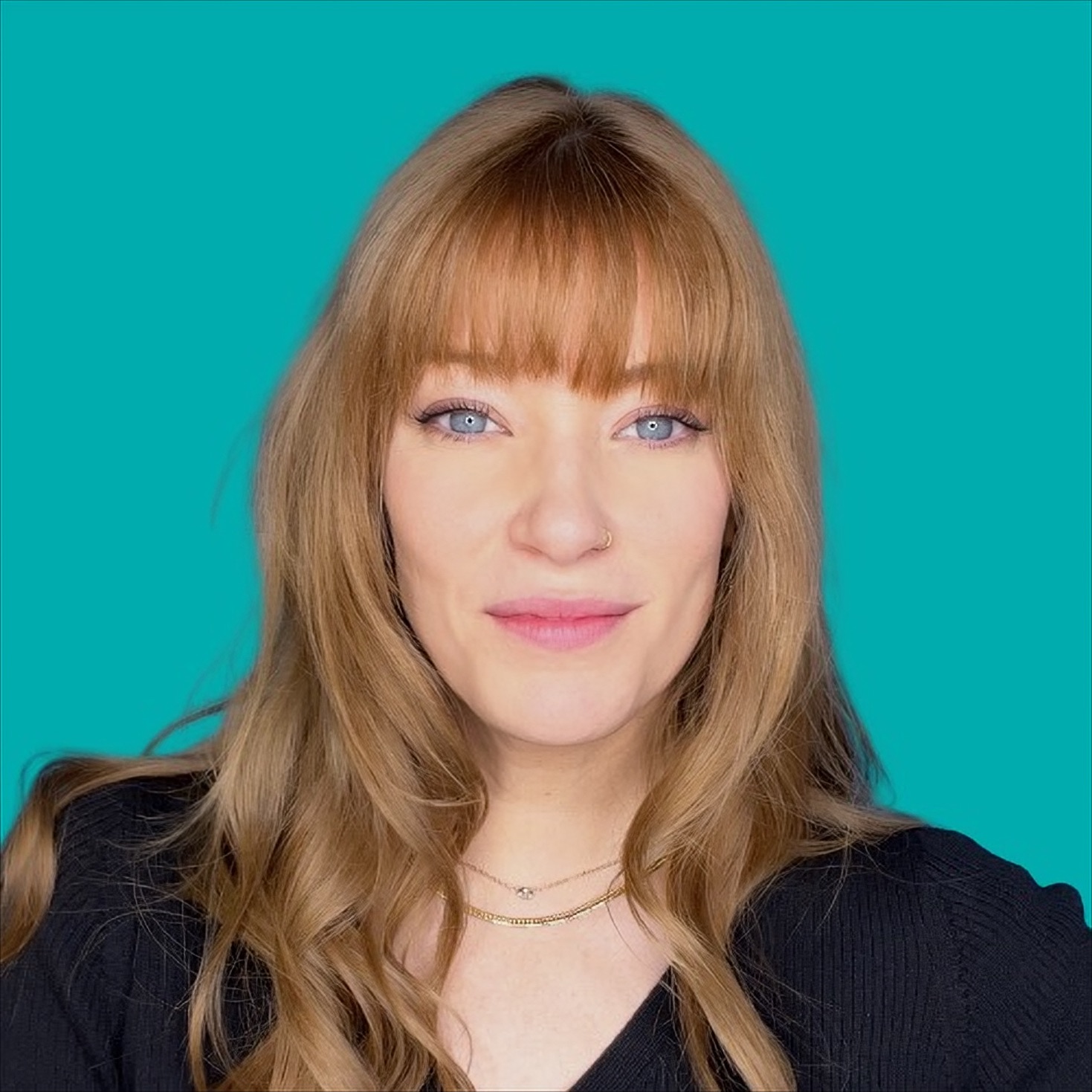About Forget the Funnel
Here's what we know after over decades helping to grow multi-million dollar SaaS companies: the answer to nearly every growth-related challenge you or your team experiences can be found in your best customers’ heads. You don't need to waste time on costly guesswork and empty best practices.
We developed the Customer-Led Growth™ to do just that. And then we wrote a book about it.
About Forget the Funnel
Here's what we know after over a decade of helping to grow multi-million dollar SaaS companies: the answer to nearly every growth-related challenge you or your team experiences can be found in your best customers’ heads.
You just need a process for gathering customer insights and operationalizing them for your team to turn them into revenue-generating customer outcomes.
Learn more


Short Bio
Georgiana (aka Gia) is a strategic advisor, author and keynote speaker. With a passion for helping the tech industry turn customer value into revenue-generating outcomes, she developed the Customer-Led Growthtm framework and co-authored the best-selling book, Forget The Funnel. Gia works with high-growth B2B SaaS like Bitly, Sprout Social, Appcues, dbt Labs, EverCommerce and more.
About me
I've been building and launching brands online since Y2K was a thing. In 2009, I started working with tech startups and SaaS teams and never looked back. Because SaaS lives and dies by the value delivered to customers — and retention over time — marketing's impact on revenue extends far beyond the more traditional acquisition focus.
It was while leading Marketing for Unbounce (a largely marketing-led SaaS) that I discovered customer experience mapping. One where the entire relationship with customers — from experiencing the problem to engagement and expansion — is measured not based on transactional moments and business metrics, but instead on customer’s success milestones.
I realized that if I could operationalize the process of helping customers reach their goals, we'd reach ours. And we did. The following year, we grew revenue nearly 900%.
Since then, I've worked with SaaS teams like Bitly, Sprout Social, Appcues, dbt Labs and dozens more to take customer insights and turn them into revenue-generating outcomes.
Ask me about
- The origins of Forget The Funnel (and why funnels are bad for business)
- What Customer-Led Growth is and why it comes before all other growth models
- How sales-led companies can become more product-led
- The new role of Product Marketing
- How to leverage AI for customer research
- How delegating thinking (and in some cases, research) to AI is hurting teams
- How Customer-Led Growth supports LLM discoverability better than any content marketing can
Success stories to ask us about


website signups


History & background
While running Forget the Funnel together, Gia and Claire realized they each held a piece of the scalable growth puzzle: Claire's expertise comes from years of helping SaaS companies gather deep customer insights and uncover their customers’ jobs-to-be-done. Meanwhile, Gia’s expertise is the result of having operationalized customer value to help high-growth companies rapidly scale their marketing programs and their teams.
In 2019, prompted by an influx of companies needing both skill sets, Gia and Claire joined forces also consulting for B2B SaaS companies. They grafted their methods into one cohesive, repeatable process and in 2020 gave it a name... the Customer-Led GrowthTM Framework.
Then in 2023, prompted by mentor and friend Bob Moesta, they launched their best-selling book Forget The Funnel: A customer-led approach to predictable recurring revenue, (Foreword by Bob Moesta) which to date has sold 25,000 copies.
Bringing us to now...
Today, Gia leads the boutique consultancy as Chief Strategist, alongside a deliberately small but mighty team: Heidi Kreis, Principal Researcher & Insights Strategist; Beatriz Bonsolhos, Success Manager & AI Specialist; and Olivia Wirick, Ops Manager. Every team works directly with Gia and this core group, by design. The team is rounded out by trusted partners Beth Thouin, Claire Heginbotham, and Derrick Sun.
To see how we work with SaaS teams, explore our Growth Sprints →.




